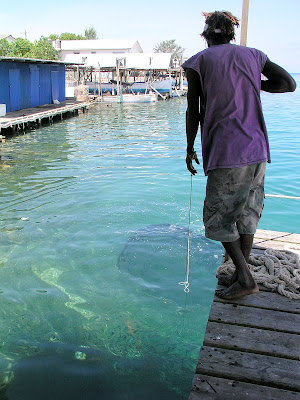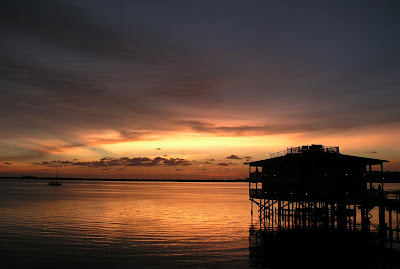When you get to the bottom of the page, hit "Older Posts" to see more sets of photos.
This is the view from the plane going to La Ceiba. Honduras has many large scale industrial farms as can be seen in this photo. Lots of land appeared to be used for palm oil plantations, pineapples, and bananas/plantains. Very different from the patchwork of small family owned farms that we saw in Nicaragua.







 in Honduras. I spent my time either snorkeling, drinking beer on the hotel balcony, or sailing.
in Honduras. I spent my time either snorkeling, drinking beer on the hotel balcony, or sailing.








